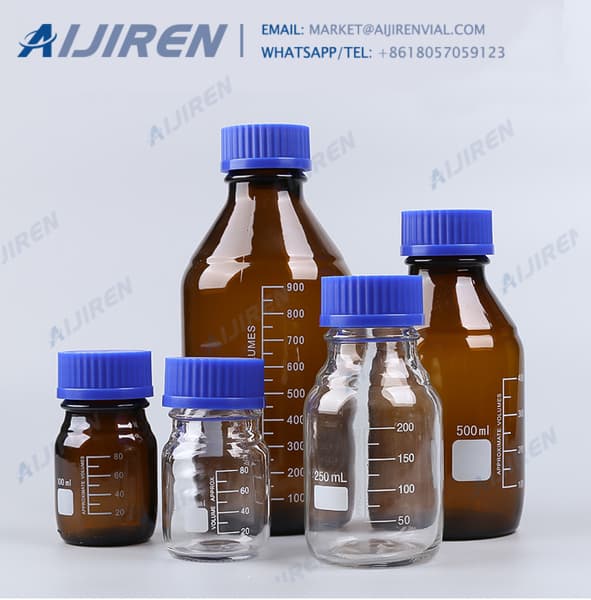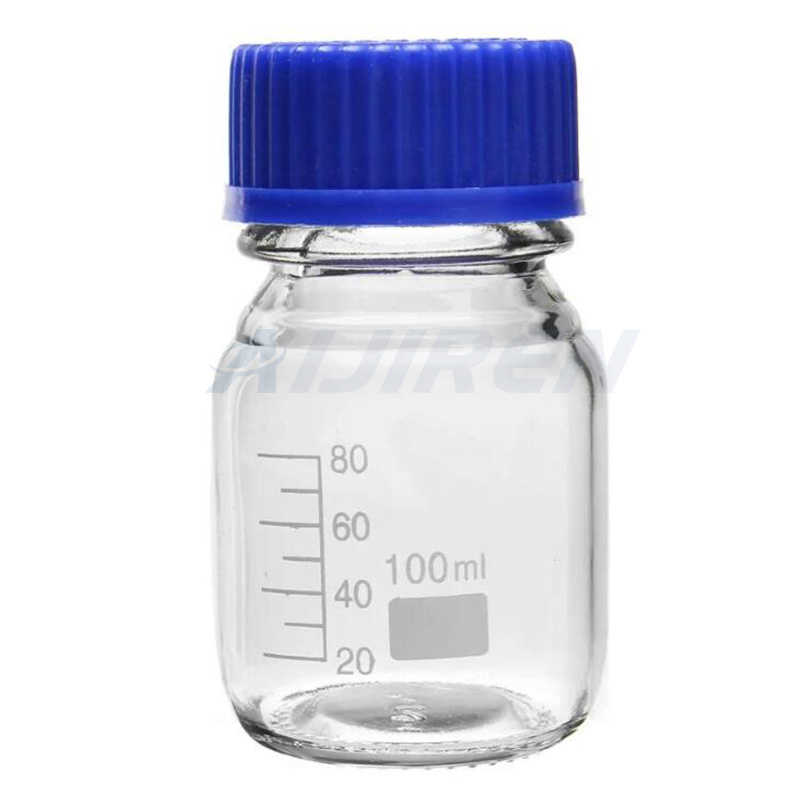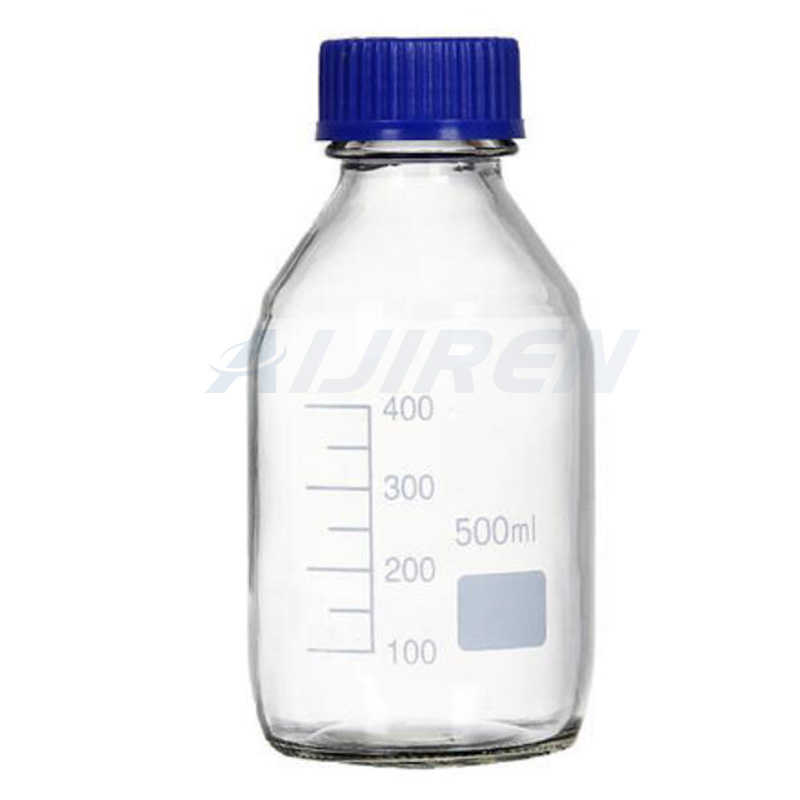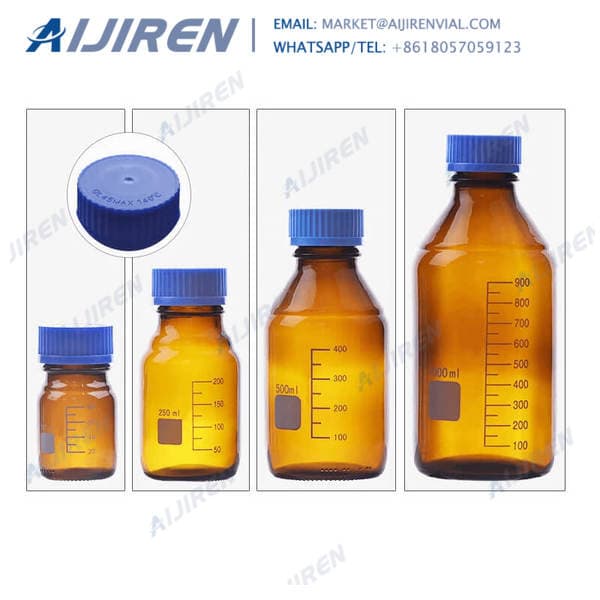Choosing septa for gradient elution in HPLC
-
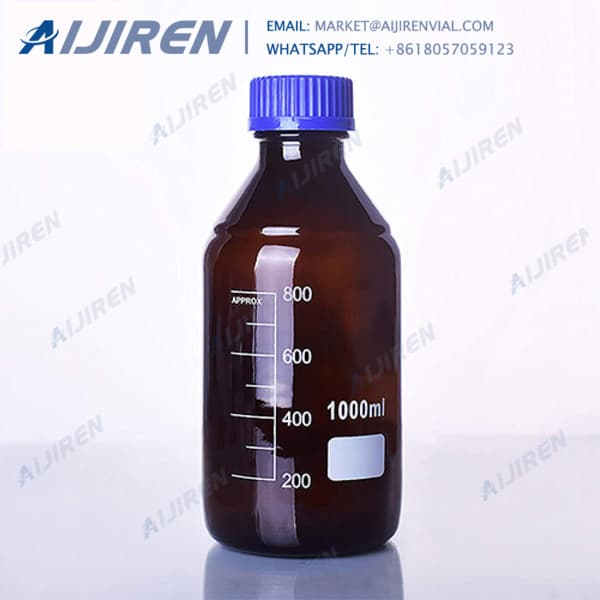
Isocratic and gradient elution chromatography: A comparison
Mar 24, 2006 · 1.. IntroductionAfter choosing the appropriate column (i.e. stationary phase type and column dimensions) and eluent system (i.e. organic modifier(s) and buffer), the next important step in RPLC method development involves choosing the elution mode (i.e. isocratic elution or gradient elution) that provides an adequate separation within an acceptable analysis time.
Get Price -
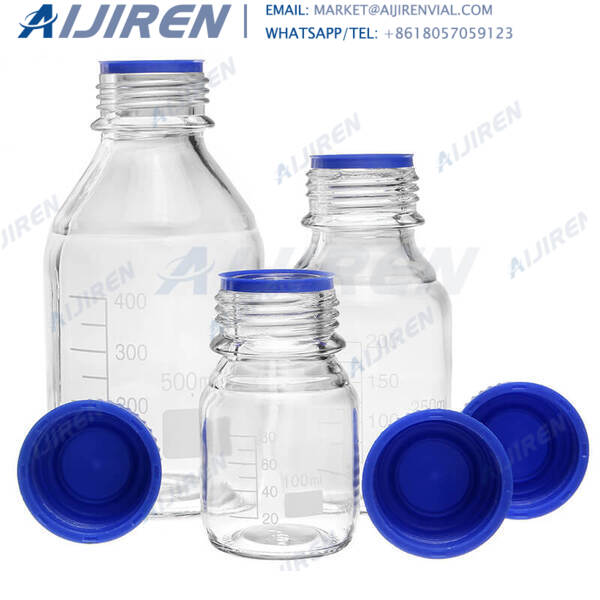
What is a Chromatography Gradient? - Biotage
What is a Chromatography Gradient? Gradients, used in chromatographic methods, assist with chemical separation and elution. They begin with “weak” elution conditions and end with “strong” elution conditions. Weaker elution conditions provide adequate compound retention so that all compounds will not immediately elute from a
Get Price -
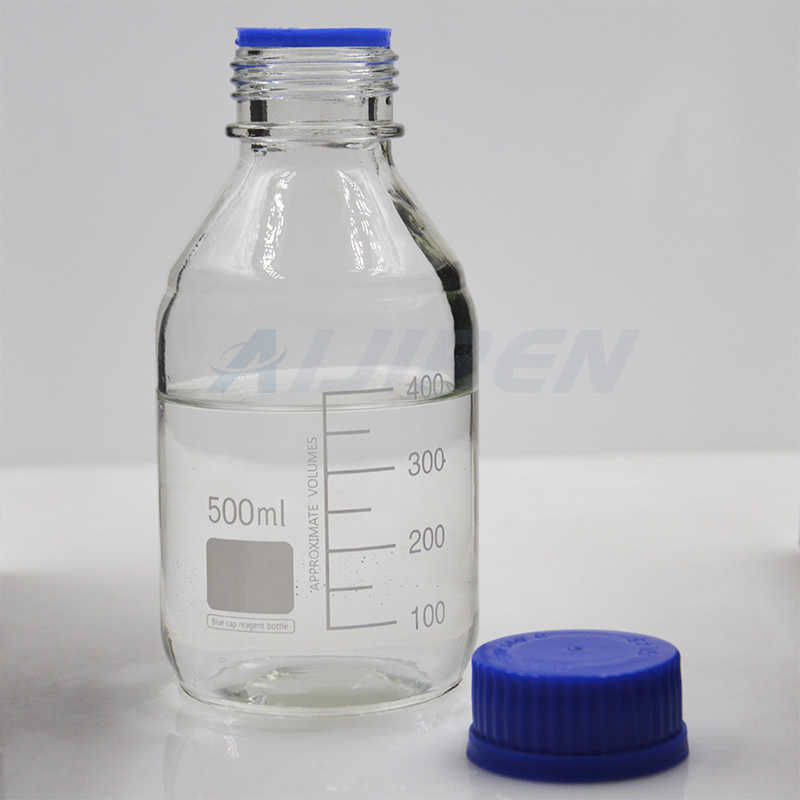
High-performance liquid chromatography - Wikipedia
High-performance liquid chromatography. An HPLC setup; From left to right: A pumping device generating a gradient of two different solvents- a steel-enforced column and a detector for measuring the absorbance. A modern self-contained HPLC.
Get Price -
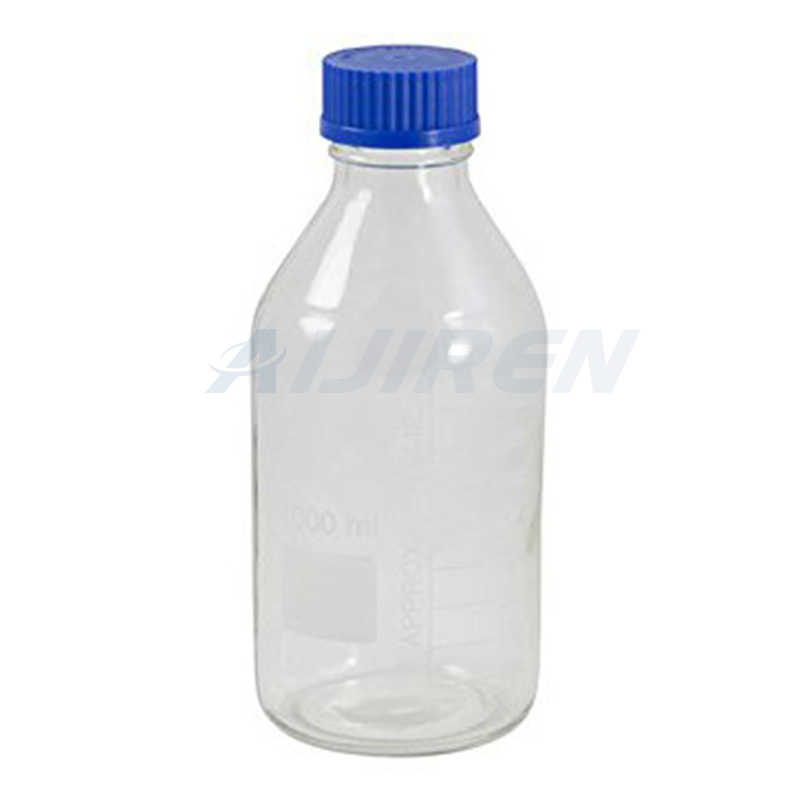
Separations: LC General Elution Problem & Isocratic vs
Access the complete (90 Videos) Analytical Chemistry Video Series here: https://chemguides.com/videos/Access FREE CONTENT here: https://chemguides.com/course
Get Price -

Reverse Phased Chromatography (RPC) in Practice - MilliporeSigma
In practice the steps for a typical RPC separation can be summarized as in Figure 1. Figure 1. Typical RPC separation using gradient elution. As discussed under the theoretical section, a successful RPC separation is influenced by many parameters and will always need to be optimized to meet the requirements for the application.
Get Price -
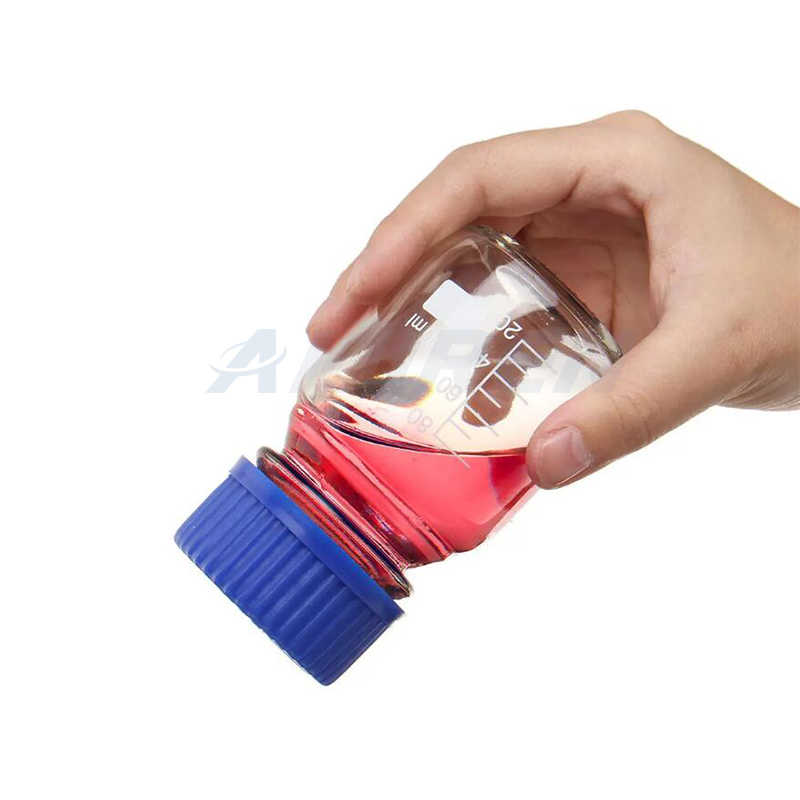
Gradient HPLC for Reversed-Phase Separations
Jul 1, 2012 · Gradients in reversed-phase HPLC typically involve the on-line (dynamic) mixing of solvents to achieve a steady increase in the organic solvent (typically methanol or acetonitrile) over the course of the analysis, thus increasing the elution strength of the eluent over time. Buffer strength or pH gradients, although more unusual, also may be
Get Price -
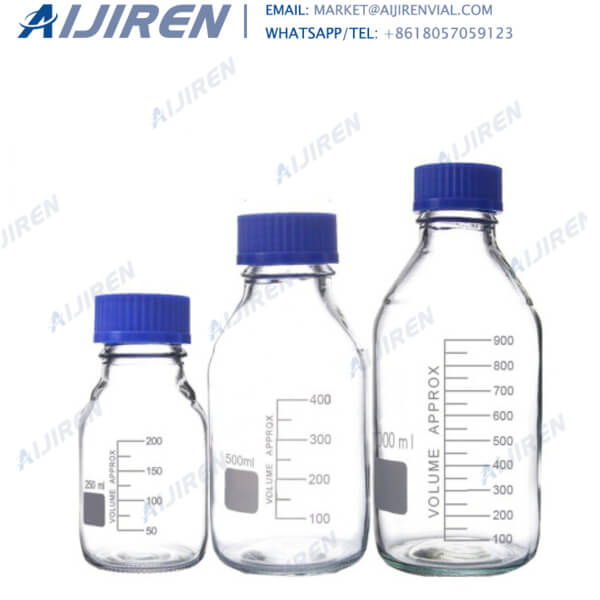
How to Choose Between Linear Gradients and Step - Biotage
Isocratic (uses a constant solvent ratio throughout the purification) In flash chromatography several elution methods can be used to purify compound mixtures. Linear gradient (gradually increases the strong solvent percent over time) Step gradient (uses a series of increasingly stronger isocratic steps over time) In a previous post I
Get Price -
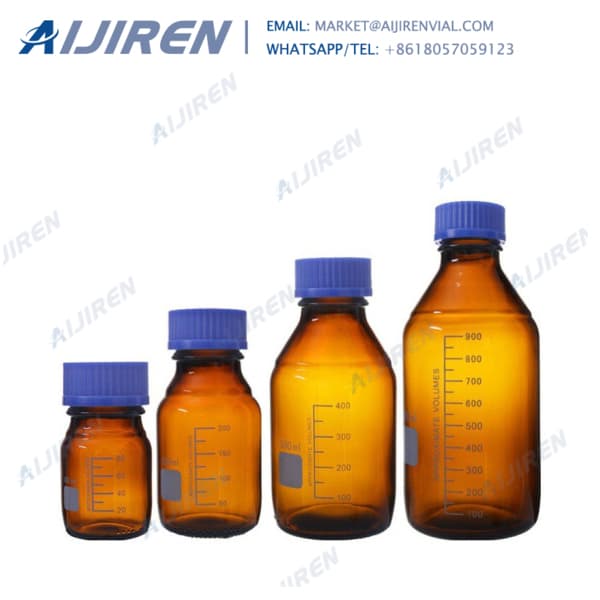
Gradient Elution Chromatography - an overview - ScienceDirect
Breakthrough curve of 2-propanol in heptane on a Separon SGX silica gel column in normal-phase gradient-elution HPLC calculated using the experimental isotherm data. Gradient 0–50% 2-propanol in 60 min, 1 ml min − 1. V – milliliters of eluate from the start of gradient elution, φ – concentration of 2-propanol at the outlet from the column.
Get Price -
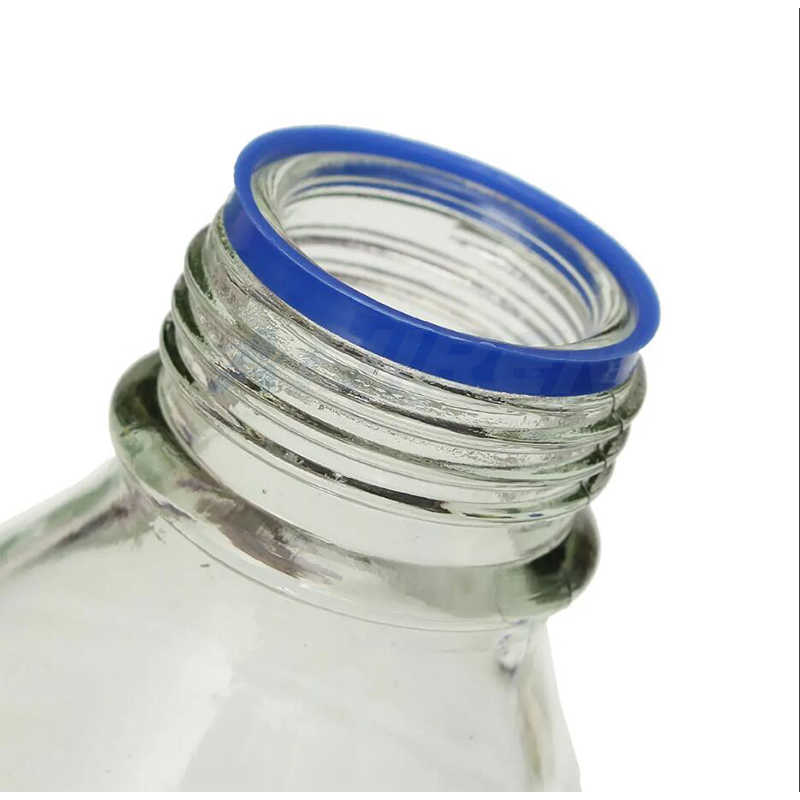
Practical Considerations for IEX Separation - MilliporeSigma
Linear Gradient Elution. Aim: high resolution separation or analysis, screening. Begin elution using a linear gradient volume of 10–20 column volumes with an increasing ionic strength up to 0.5 M NaCl (50%B).
Get Price -
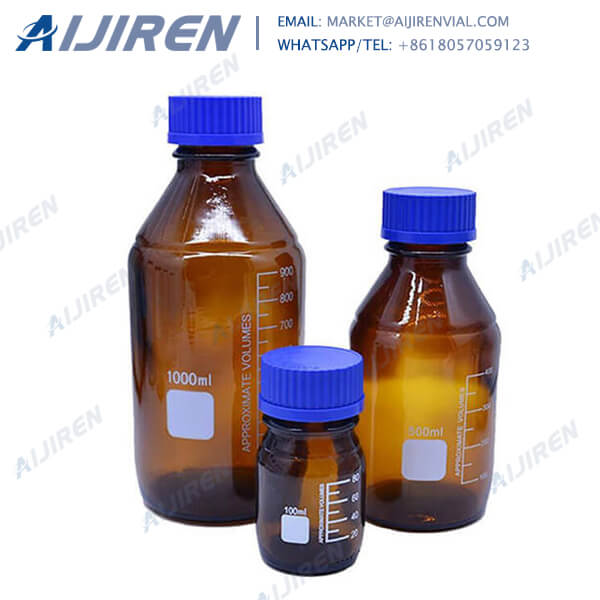
Optimizing HPLC/UHPLC Systems – General Recommendations
General Recommendations. Plumb systems with 0.005” tubing or smaller ID. Keep injected volumes between 1 and 5µL (~1% of void volume) Always use high quality HPLC-grade or UHPLC-grade mobile phase solvents. Consider pre-filtering mobile phase solvents through 0.45µm filters, especially after modification with a buffer.
Get Price -

HPLC Solvent Selection - Crawford Scientific
Apr 29, 2020 · HPLC Solvent Selection. Skip to Content. 01357 522 961. Quick Order. My Account. Register. As we know, chromatography is the separation of analytes from a mixture using; A stationary phase, into which the analyte partitions and is retained A mobile phase, to partition the analytes from t.
Get Price -

HPLC Separation Fundamentals - Aijiren
There are four major separation modes that are used to separate most compounds: ¾Reversed-phase chromatography (most popular) ¾Normal-phase and adsorption chromatography ¾Ion exchange chromatography ¾Size exclusion chromatography .Let’s look briefly at each mode Separation Fundamentals Aijiren Restricted December 11, 2007
Get Price -

Isocratic and Gradient HPLC / Difference between - What is HPLC
The key distinction between isocratic and gradient elution is that isocratic elution refers to the maintenance of a recurring concentration in the mobile stage, whereas gradient elution refers to the maintenance of a varying concentration in the mobile stage. "IUPAC Gold Book: eluent".
Get Price -
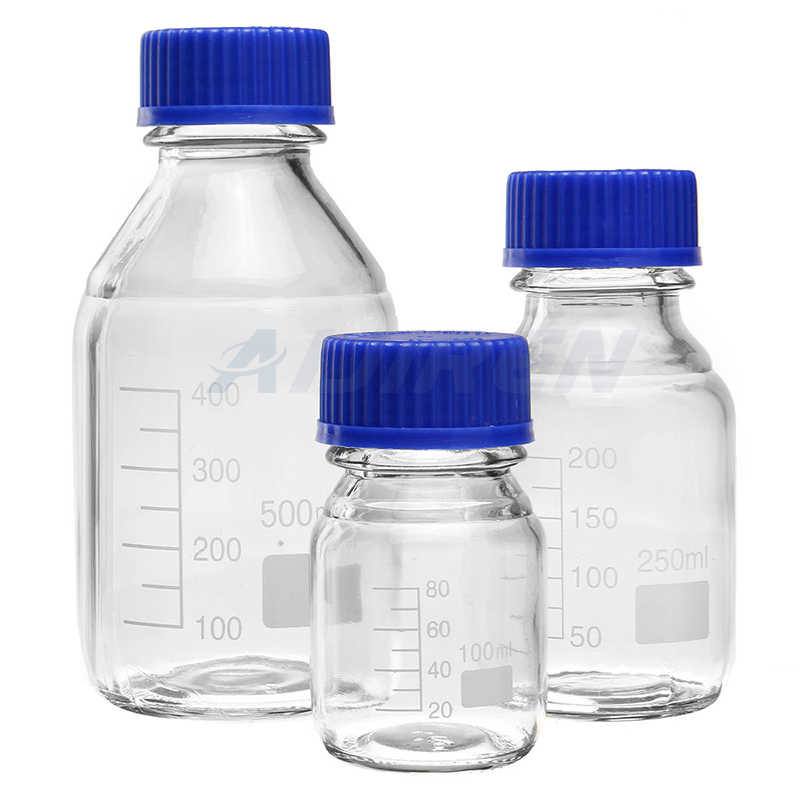
Gradient Design and Development - Aijiren
3 Major Reasons to Choose Gradient Elution 1. Faster separation of samples having components that vary in polarity. 2. To separate mixtures having a large number of components 3. To separate high molecular weight mixtures (i.e., large molecules, peptides and proteins) Page 9
Get Price -
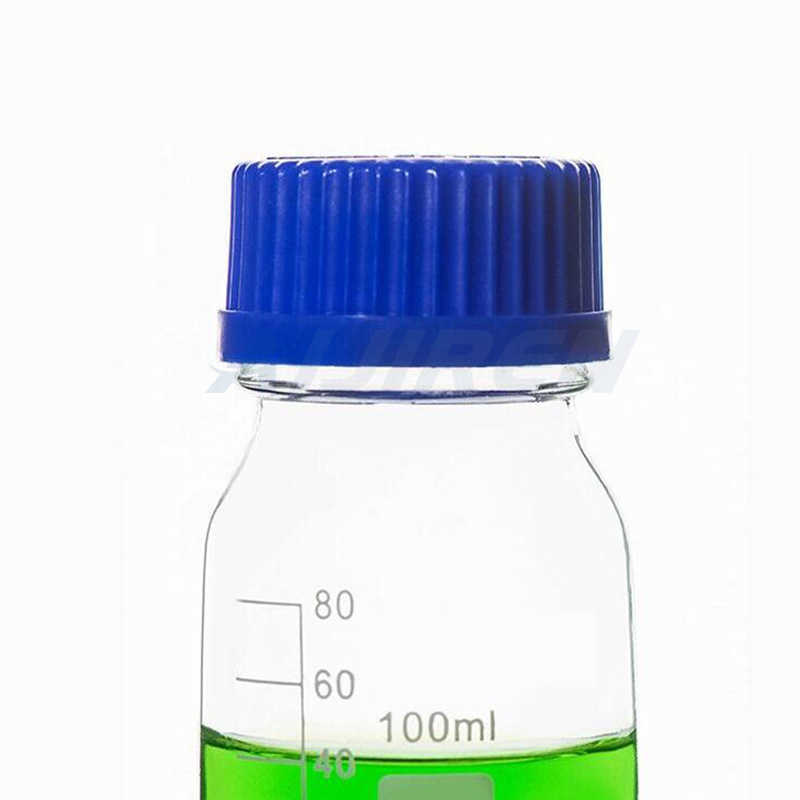
Septum Selection Guide Vials and Closures - Fisher Sci
PTFE/ Synthetic Red Rubber septa are an economical choice for general GC and HPLC applications. Used primarily for routine analysis in gas chromatography with FID, TCD and FPD detectors or HPLC with UV/Vis or RI detectors, PTFE/Synthetic Red Rubber septa offer good resealability and excellent chemical inertness before puncture.
Get Price


